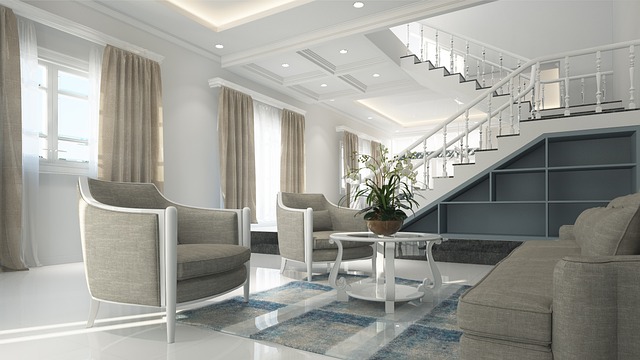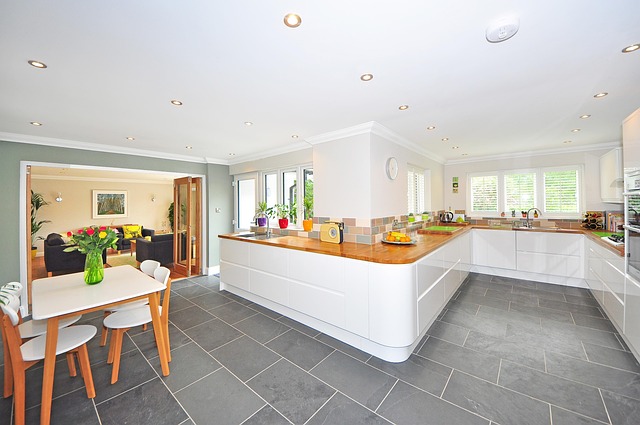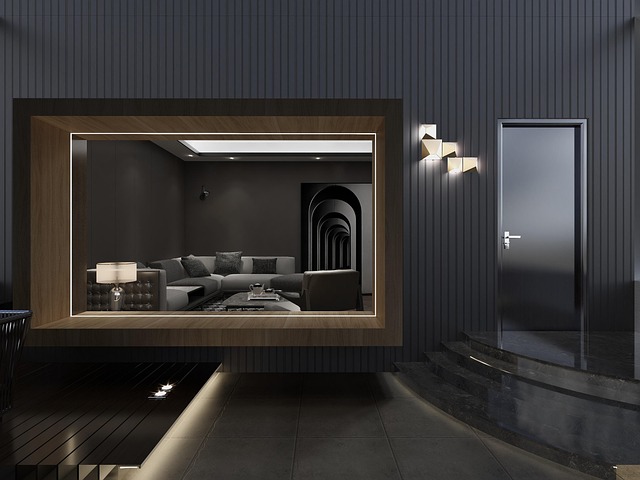Albany interior design firms play a vital role in preserving historic districts by skillfully merging past and present aesthetics. They adapt spaces while respecting original architecture, balancing modernization with historical integrity, and collaborating with property owners to incorporate contemporary needs harmoniously. Through expert space planning and subtle historical nods, these designers transform properties, preserving Albany's rich heritage and offering unique, inviting living spaces tailored to clients' tastes.
Albany’s historic districts boast rich architectural heritage, and an Albany interior design firm must navigate strict regulations to preserve their integrity. This article explores the delicate balance between modern aesthetics and historical preservation, delving into how Albany interior designers work within the constraints of these districts. We’ll uncover the strategies they employ, highlighting the essential role these professionals play in maintaining Albany’s unique character while catering to contemporary needs.
- Understanding Historic District Regulations in Albany
- The Role of Interior Designers in Preserving History
- Strategies for Incorporating Requirements into Designs
Understanding Historic District Regulations in Albany

In Albany, historic district regulations play a pivotal role in shaping the city’s unique character and preserving its architectural heritage. These guidelines are meticulously designed to protect the historical integrity of buildings within designated areas, ensuring that any modifications or renovations align with the district’s era-specific aesthetics and standards. For an Albany interior design firm, understanding these regulations is not just a legal requirement but also a creative challenge. It involves delving into the specific rules and restrictions related to materials, colors, and design elements to create interiors that both honor the past and cater to modern living needs.
An affordable design solutions approach that respects historic district requirements often involves clever adaptation and restoration techniques. The residential design firm must balance the desire to modernize spaces with the need to maintain original architectural details, ensuring that every change enhances rather than diminishes the building’s historical value. This careful navigation between tradition and contemporary design is what sets apart a skilled Albany interior designers, allowing them to transform properties while preserving their distinctive historic character.
The Role of Interior Designers in Preserving History

Interior designers play a pivotal role in preserving and celebrating history within historic districts, including Albany’s charming neighborhoods. As local home decor experts, they understand the delicate balance between modern aesthetics and maintaining the unique character of older buildings. These designers are not just trendsetters; they are guardians of the past, meticulously studying the district’s architectural style, original features, and cultural significance.
By collaborating with property owners and historic preservation societies, Albany interior design firms ensure that renovations and updates are in harmony with the surrounding environment. They employ sustainable home styling techniques, respecting the original intent while incorporating contemporary needs. This approach not only preserves the history of the district but also creates living spaces that tell a story, making each residence a testament to the area’s rich heritage and its evolution over time.
Strategies for Incorporating Requirements into Designs

When an Albany interior design firm takes on a project within a historic district, they must carefully weave together the past and present to create a space that respects both the building’s heritage and modern lifestyle demands. Strategies for incorporating requirements into designs include thoughtful space planning wizards that honour original architectural elements while optimising functionality for contemporary living. Skilled designers might introduce subtle nods to historical details, like incorporating original woodwork or architectural motifs into updated layouts, ensuring a harmonious blend of old and new.
For properties such as luxury condos, where open-concept living and sleek aesthetics are in high demand, designers must find creative ways to balance preservation with trendsetting. This might involve reinterpreting traditional elements through modern materials or integrating custom furniture pieces that complement both the historic character and the client’s desired contemporary loft stylist vibe. The key lies in striking a delicate balance, respecting the district’s requirements while crafting interior spaces that feel fresh, inviting, and uniquely tailored to each client’s taste.
When it comes to transforming spaces within Albany’s historic districts, an Albany interior design firm must strike a delicate balance. By understanding and respecting local regulations, these professionals play a vital role in preserving the area’s rich history while creating modern, functional interiors. Through strategic design choices and creative problem-solving, they ensure that every project seamlessly integrates with the surrounding architecture, honoring both past and present.














